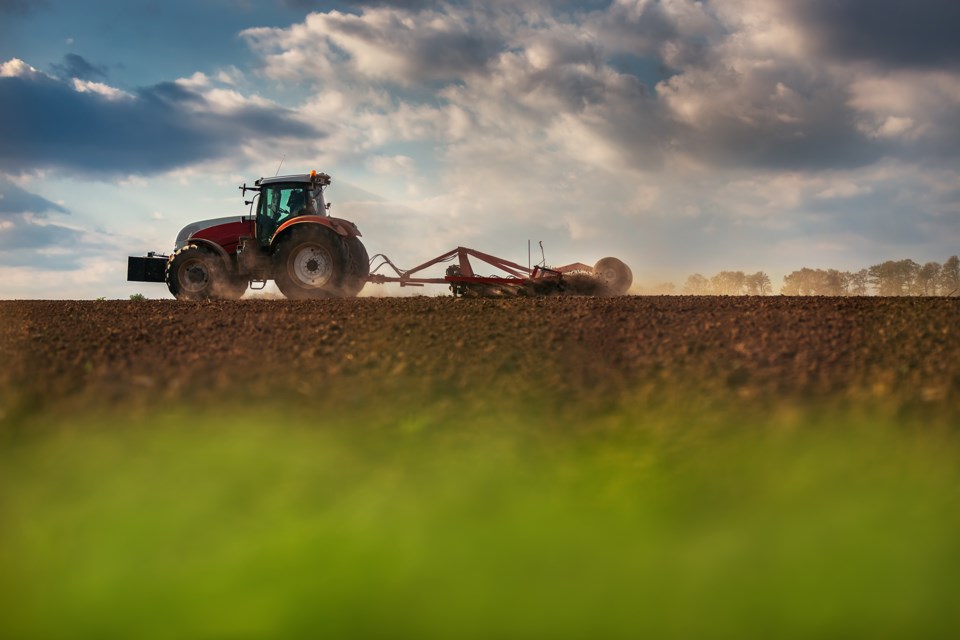The Ontario Federation of Agriculture (OFA) has asked the County of Wellington to lower the farm tax ratio to relieve the growing tax burden on farmers.
The tax burden refers to the percentage of total tax levies the county takes from a property class, in this case farmland.
The Municipal Property Assessment Corporation (MPAC) assesses the value every four years, called a Current Value Assessment (CVA). That value and the tax ratio determines how much is paid in property taxes. In a presentation to County of Wellington council, Ben Le Fort, senior policy analyst with OFA, said the tax ratio should be lowered because farmland CVA has increased by 69 per cent in the last four years.
“That’s really what’s causing the issue here, is that farms are increasing at a rate of about three and half times the pace of residential,” Le Fort said in a follow up interview. “When you have a property class taxable assessment increasing at that rate, more and more total taxes collected by the county will be coming from that property class.”
The county can set the tax ratio for farmland between zero and 25 per cent of the residential rate. The OFA has suggested two options. One would be to bring the tax burden same level as in 2016 levels, which would mean a significant ratio reduction to 17 per cent. The other is for the burden to remain at the current record high with a reduction to 23 per cent.
MPAC will be reassessing property taxes next year, OFA is asking to hold the line until then. The ratio can be increased in future years to smooth out the tax burden.
Councillor Don McKay, a part-time sheep and cattle farmer since 1985, said he feels this system unfairly downloads the issue to municipalities. When he started, farmers would pay full taxes to the municipality and then apply for a rebate from Ontario.
“The way it works now is the only people that contribute to the farm rebate are the people in the municipalities that have farmland,” McKay said. “If I live in a major urban centre and I eat that food, I don’t contribute to help that farmer to provide that food.”
Le Fort said the province has been clear that this is a municipal issue and noted this isn’t the only tax ratio decided by municipalities.
“There’s other property classes that have a tax ratio as well: commercial, industria, pipeline, multi-residential, they all have tax ratios set by the county,” Le Fort said. “I don’t see why the farm tax ratio would be the province’s issue to deal with when the province has made clear all these tax ratios are to be decided by the upper-tier municipalities.”
Farming is a significant industry in the region. Le Fort’s report to council said there are over 2000 farms supporting almost 50,000 jobs in the region. Wellington County farms bring in $2.3 billion in provincial GDP. If the county doesn’t lower the tax ratio, Le Fort said this would have a big impact on farmers in the region.
“If the county chooses not to adjust the farm tax ratio in 2020, the one year impact on farmers would be an additional $2 million plus in property taxes above what they would pay with a reduced tax ratio,” Le Fort said. “That is county taxes only and does not include the lower tier and educational property taxes that would also be increasing.”
In council, Warden Kelly Linton said they will take OFA's ask under advisement and consideration.



